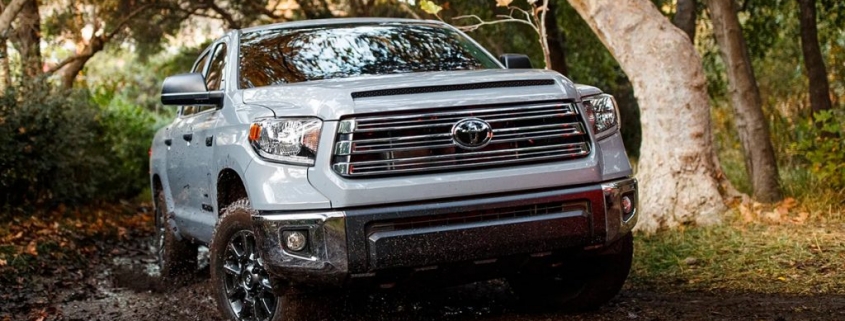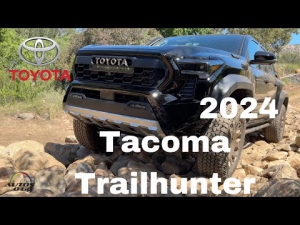Crash Test Dummies: The Toyota Tundra
I know what you’re thinking – safety ratings are so boring. Besides, aren’t all pickup trucks safe these days? While it’s true that safety standards have come a long way in the last few decades, that doesn’t mean that every pickup truck is the same. Is the 2021 Toyota Tundra safe? Let’s look at the IIHS crash test ratings.
What does the IIHS do?
The Insurance Institute for Highway Safety conducts a variety of tests on cars, vans, trucks and SUVs to determine how crashworthy they are, among other things. Their tests are done independently, so you know that they haven’t been paid to offer awards the way some other organizations are.
How did the Toyota Tundra do in the IIHS crash tests?
Not great. The 2021 Toyota Tundra only got a marginal in its small overlap front: driver side test. Overlap testing evaluates how well a car does when part of the front strikes a barrier. Crash test ratings vary based on the trim selected.
This score can be broken down further: the Tundra scored a marginal for its structure and safety cage, but good in most of the driver injury measures. Except for the lower leg/foot, that is, which got a poor score. The driver restraints and kinematics were good.
The small overlap tests for the passenger seats weren’t very good, either
The small overlap front: passenger tests were even worse. Oftentimes car manufacturers don’t pay the same attention to the passenger side that they do to the driver, and the 2021 Toyota Tundra is no exception. The overall rating for this was poor.
That poor rating can be further broken down into a poor for structure and safety cage, and a good for the passenger injury measures: head/neck and chest. However, the passenger injury measure: hip/thigh was marginal, and the lower leg/foot was poor. Passenger restraints and dummy kinematics were adequate.
The moderate overlap front tests were a little better. Overall was good, with every subcategory other than leg/foot, right getting a good score. Only the leg/foot, right got a marginal score.
How were the Tundra’s side crash tests?
The side crash test ratings were all good. However, the roof strength was just adequate. The 2021 Toyota Tundra had a curb weight of 5,432 pounds, a peak force of 21,384 pounds, and a strength-to-weight ratio of 3.94. The head restraints and seats ratings were all good for the power cloth seat.
As far as front crash prevention: vehicle to vehicle, the Tundra had a standard pre-collision system and pedestrian detection. It avoided a collision in both the 12 mph and 25 mph IIHS tests.
The headlights in the Toyota Tundra received a marginal score. The child seat anchors were just adequate. The IIHS found them hard to find and too deep in the seats. This can be a problem because car seat safety is partially dependent on being able to correctly install the car seat.
Overall, is the 2021 Toyota Tundra safe? The small overlap test scores could be better. When compared to other similarly sized trucks, the Toyota Tundra doesn’t do as well. If you’re looking for a safe pickup truck, there are safer choices out there.
RELATED: Is the 2021 GMC Sierra 1500 Safe? IIHS Crash Test Ratings
The post Crash Test Dummies: The Toyota Tundra appeared first on MotorBiscuit.






